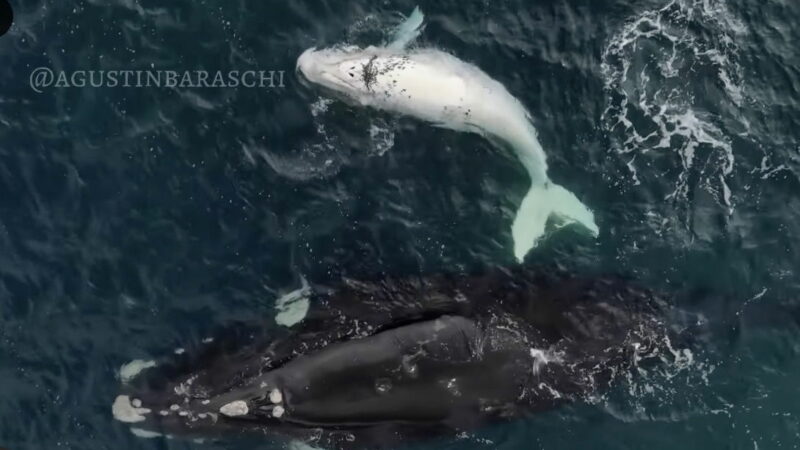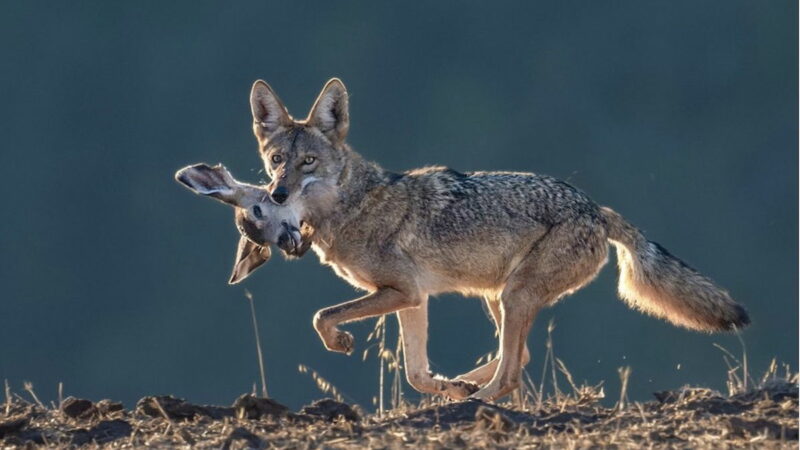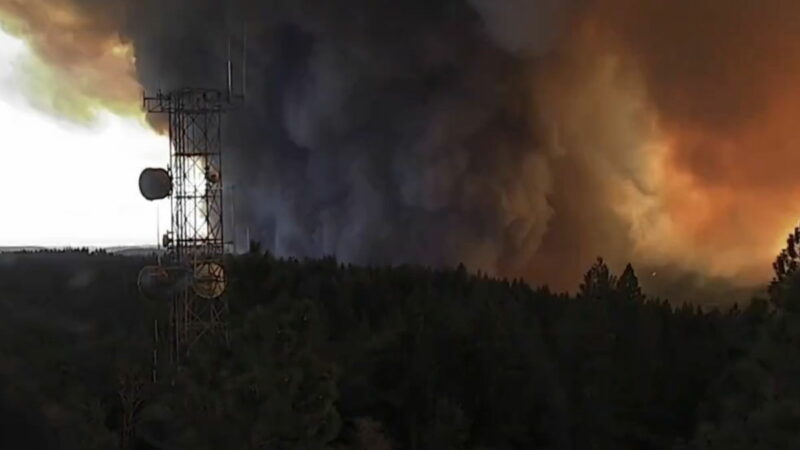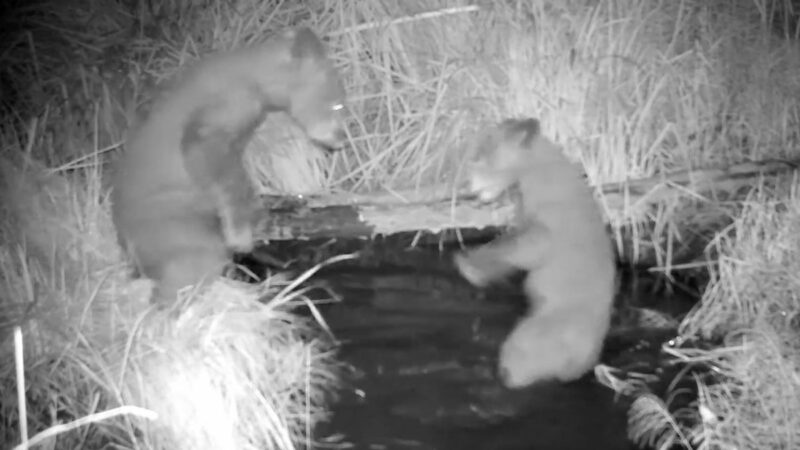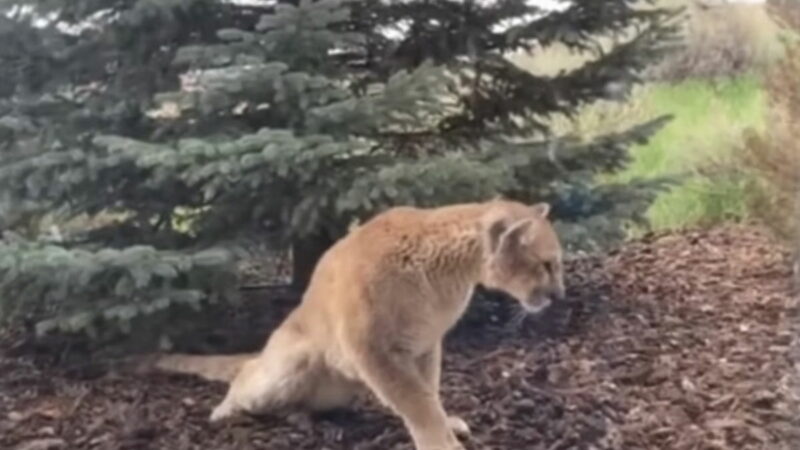Organization Captures Thousands of Photos of Wildlife Living Along the U.S. and Mexico Border
More than 1,000 miles away from the commotion of Washington, DC’s politics sits the U.S. and Mexico border. The human-drawn line has been a source of political arguments for years, with miles of fenced and unfenced sections often in the foreground of the debate. However, this line is non-existent for wildlife that call the border area home until a fence divides their habitat in half.
Videos by Outdoors
Biologists and wildlife conservationists have devoted much attention to the area to document and study how the landscape change impacts some of North America’s most unique animals.
Sky Island Alliance’s Cameras
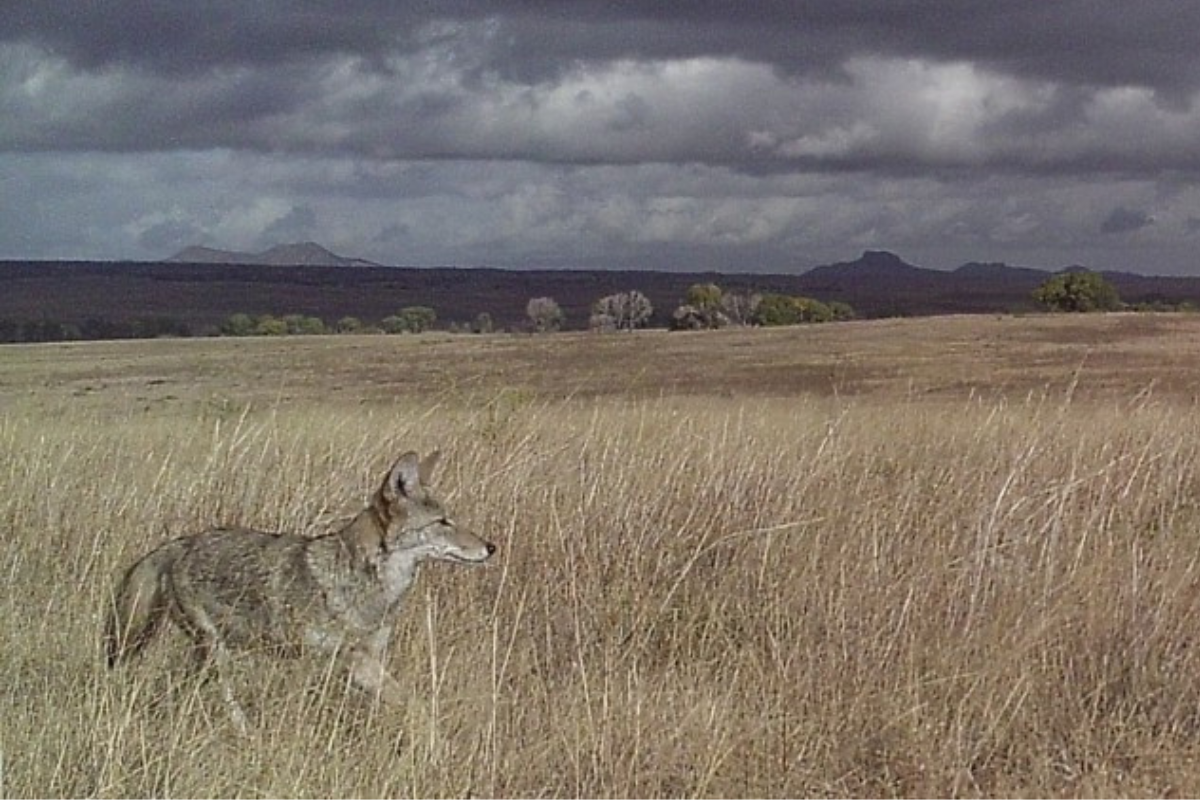
The Sky Island Alliance, a conservation non-profit based in the mountains of Arizona and Sonora, Mexico, is closely watching the impact of the border wall. The organization set up 65 cameras on both sides of the border in March 2020.
“The Sky Island region is comprised of 55 mountain ranges rising out of arid grasslands and desert that provide critical habitat for plants and wildlife,” writes the organization on its website. “We’re working to ensure the Sky Islands are a place where nature thrives, open space and clean water are available to all, and people are connected to the region and its innate ability to enrich our lives.”
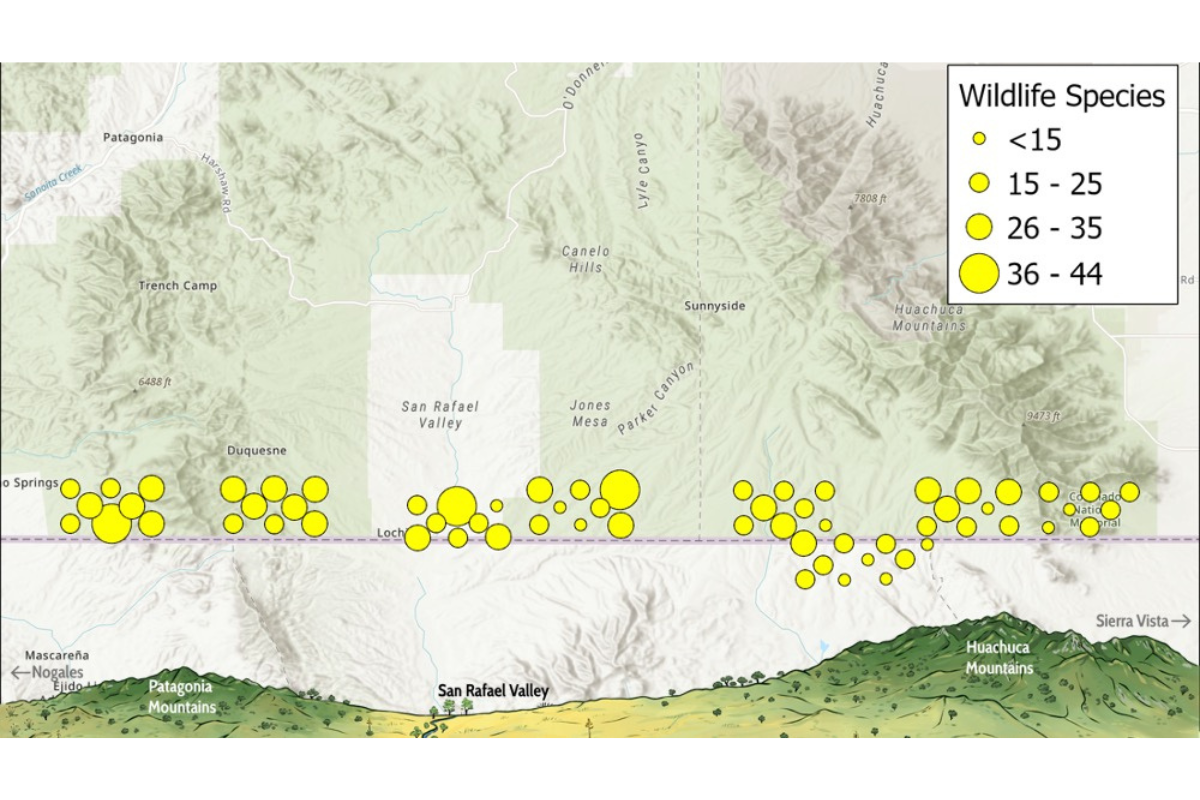
Since then, they’ve documented 30 miles of wildlife habitats and how animals respond to newly created walls. In some cases, like the San Rafael Valley, federal construction of the wall stopped. The state of Arizona dropped shipping containers to build a makeshift barricade, but animals are still finding gaps to get through. These animals include mountain lions, black bears, porcupines, and pronghorns.
In the first three years of the study, Sky Island’s cameras captured images of 43,000 different animals. It’s a lot of data to go through, but they’ve found the majority are birds at 54% of the images. Overall, 132 species were recorded, with mammals making up about 25% of the data. The remaining numbers are 16% invertebrates and 5% reptiles. The cameras also captured photos of people and domesticated animals, but the data does not include them.
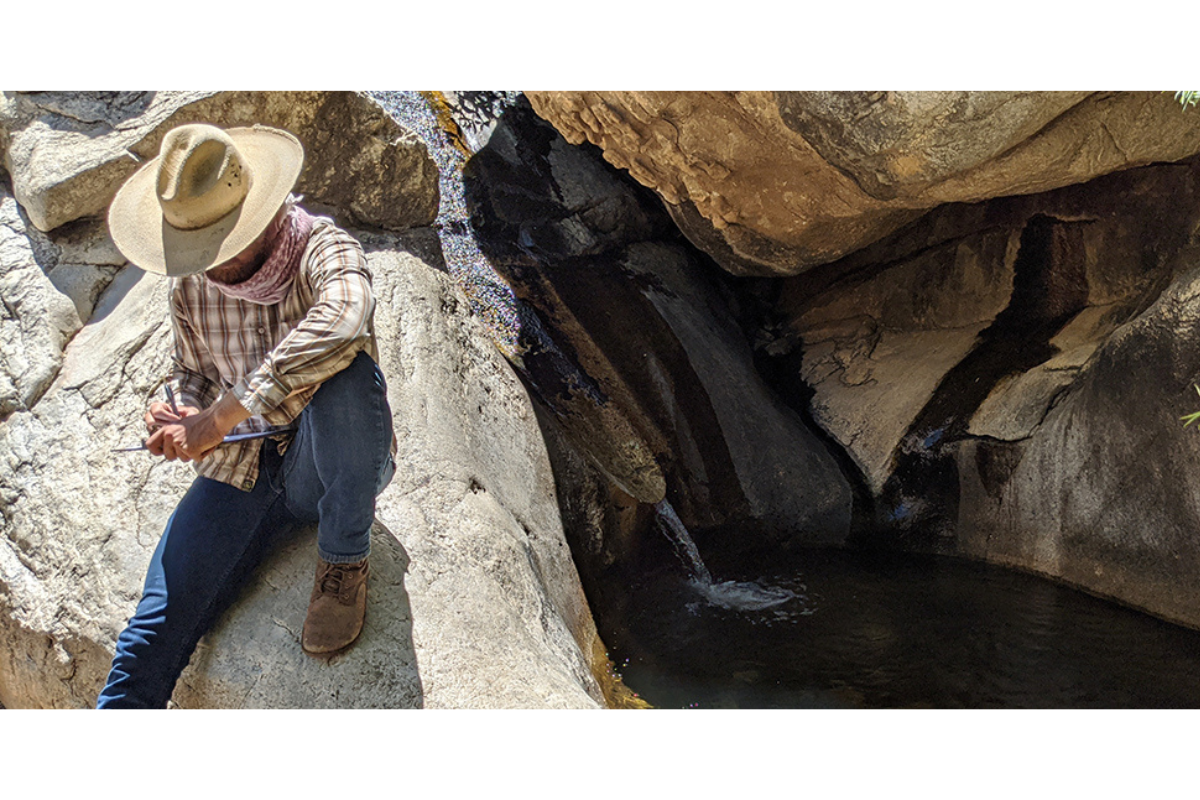
Studying Border Wall Impacts on Wildlife
Numerous studies have highlighted the negative impacts on animals with new walls, not just in the U.S. but in countries all over the world. In some cases, it cuts off migration lines. In others, it cuts off food for species that have relied on the areas for centuries.
At more than 1,900 miles, the U.S.-Mexico border is the busiest in the world, with millions of trucks, cars, and people going through its many border crossings. Some areas that remained less monitored and unfenced are the ruralists for both countries.
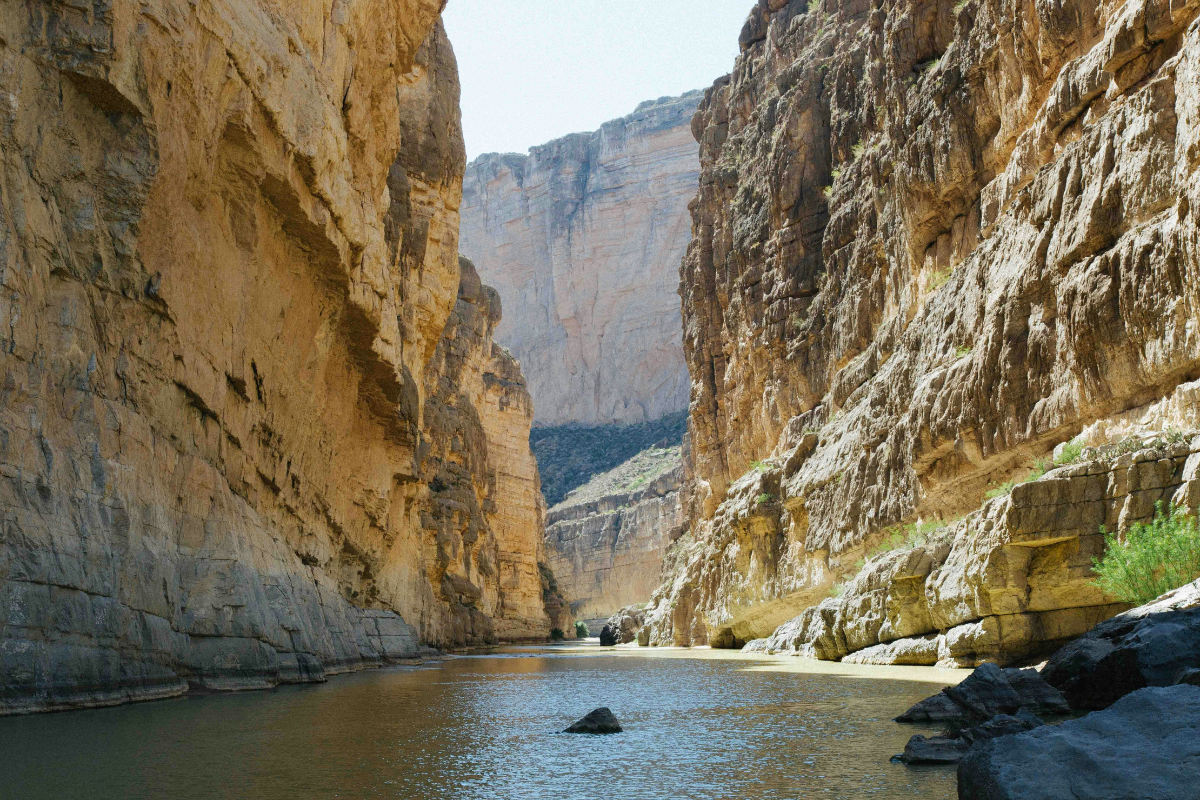
Sections of Big Bend National Park are so empty that it’s nearly impossible for anyone to cross safely, while other sections have massive natural rock walls that are simply unpassable. These sections of beauty even have some of the biggest proponents of border walls in agreement not to build.
For now, the Sky Island Alliance plans to continue monitoring how wildlife responds to the remaining gaps in the border wall in these sections of the Southwest.


